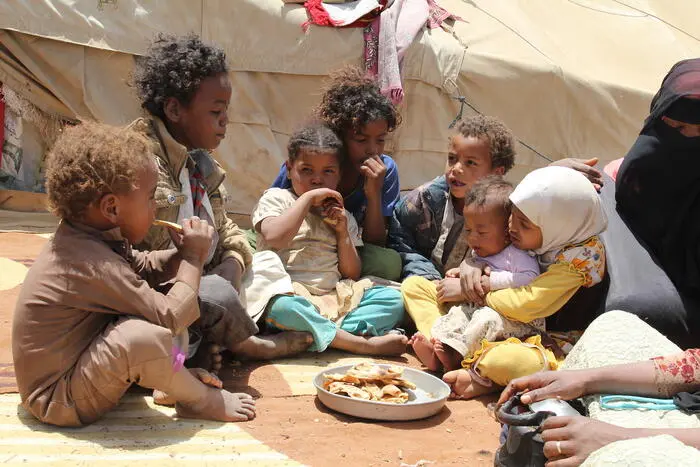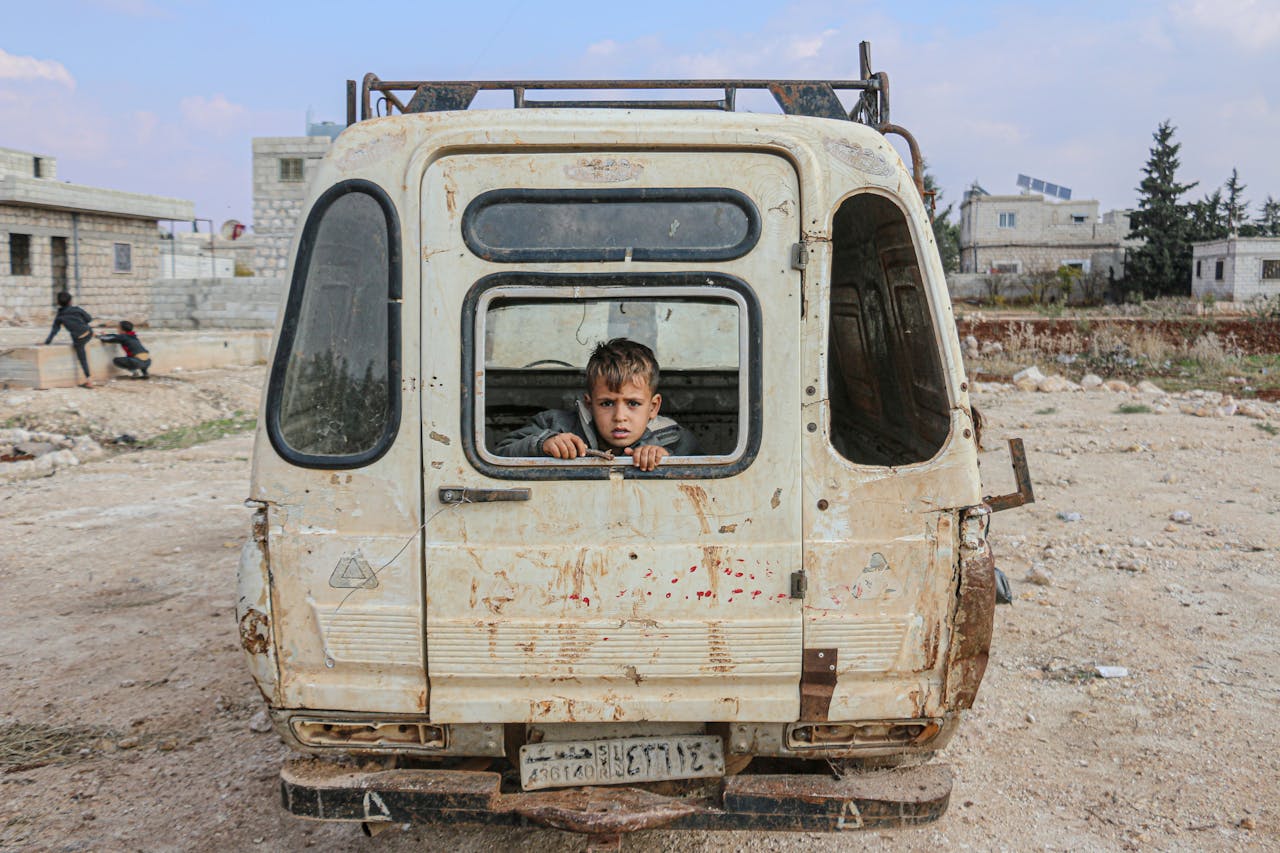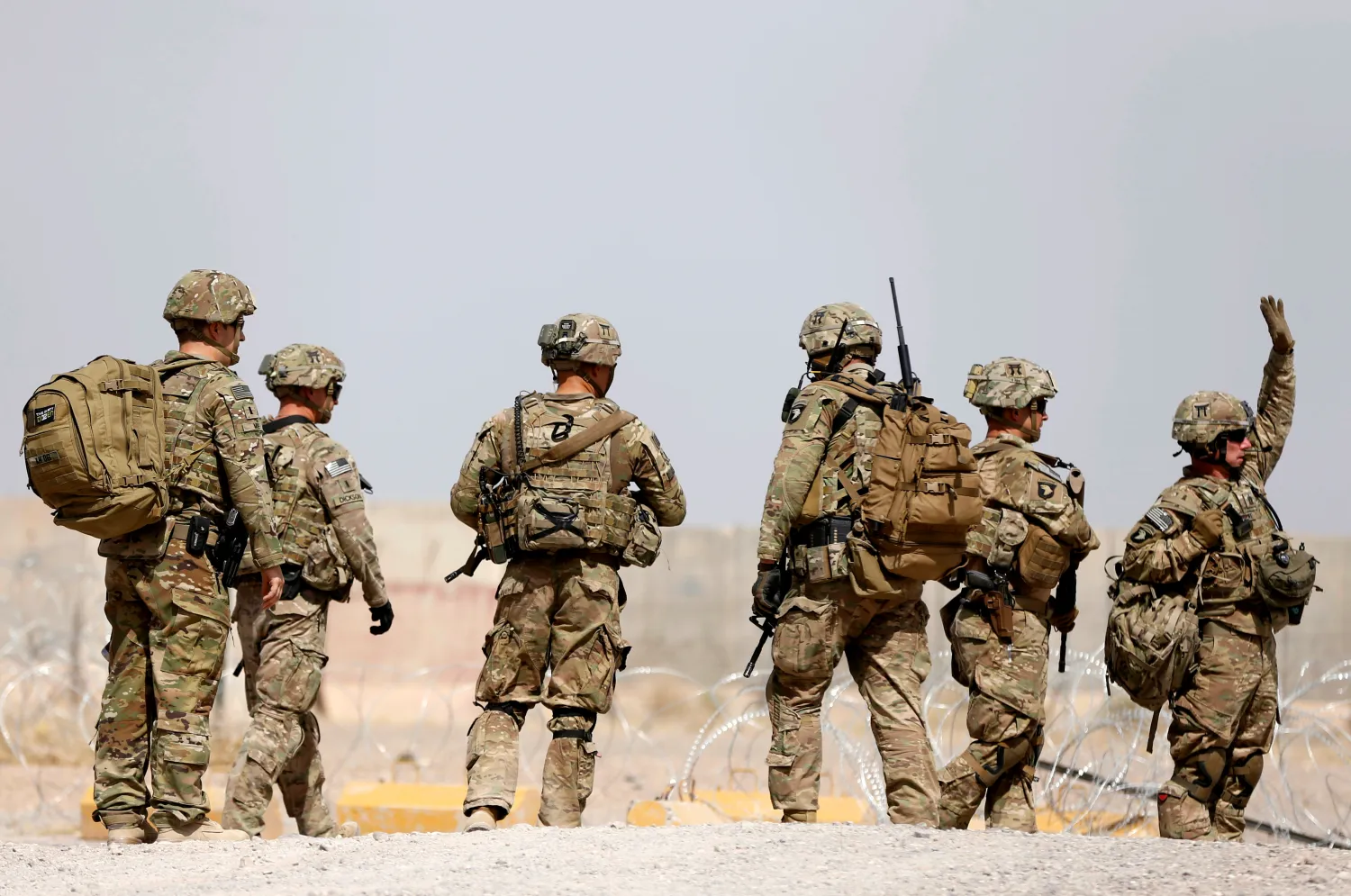Introduction: A Forgotten War Built on Fire and Hunger
Did you know that a child under five dies every 10 minutes in Yemen due to preventable causes like malnutrition and disease, largely caused by war? While global headlines spotlight conflicts in Ukraine and Gaza, the Yemen Crisis remains a shadow war with devastating consequences. This war has left over 377,000 people dead and pushed millions to the brink of famine.
The conflict, fueled by regional power plays and foreign interventions, has become a flashpoint of U.S. foreign policy hypocrisy, implicating the West in war crimes committed by its allies. At the heart of this humanitarian catastrophe is the Saudi-led coalition — heavily backed by the United States.
TL;DR (Summary)
- The Yemen crisis is one of the world’s worst humanitarian disasters.
- The U.S. has provided critical support to Saudi-led airstrikes, including arms, intelligence, and refueling.
- These strikes have resulted in mass civilian casualties, famine, and infrastructure collapse.
- Reports from the UN and human rights organizations point to war crimes and possible genocide.
- The conflict is underreported due to geopolitical interests and media bias, with Islamophobia contributing to global apathy.
Background: How Yemen Became a Battleground
Yemen’s descent into chaos began in the wake of the Arab Spring in 2011. The Yemeni people protested against President Ali Abdullah Saleh, who had ruled for over three decades. He eventually ceded power to his deputy, Abdrabbuh Mansur Hadi, under a Gulf Cooperation Council (GCC)-brokered agreement.
However, President Hadi’s rule was weak, corrupt, and heavily dependent on Saudi and Western backing. This power vacuum gave rise to the Houthi movement — a Zaidi Shia rebel group that took control of the capital Sanaa in 2014.
Fearing growing Iranian influence in its backyard, Saudi Arabia formed a military coalition in March 2015 and launched “Operation Decisive Storm”, aiming to restore Hadi’s government. The coalition has since carried out tens of thousands of airstrikes, often hitting civilian targets.
The U.S. Role: Arsenal of the Coalition
The United States has played a crucial role in enabling Saudi Arabia’s military campaign:
- Arms Sales: Between 2015 and 2021, the U.S. sold over $64 billion in weapons to Saudi Arabia and the UAE, including precision-guided munitions, fighter jets, and bombs. Source: SIPRI
- Intelligence Sharing: U.S. military personnel have provided intelligence for airstrike targeting, though the Pentagon denies involvement in specific attacks.
- Aerial Refueling: Until 2018, U.S. aircraft refueled Saudi jets mid-air, extending their bombing campaigns.
- Maintenance and Training: U.S. contractors maintain Saudi planes and train their personnel, making the war effort technically dependent on American support.
Despite growing pressure from human rights organizations and some members of Congress, multiple U.S. administrations have continued support, citing counterterrorism cooperation and regional stability.
The Human Cost: Famine, Disease, and Death
According to a 2021 report by the United Nations Development Programme (UNDP), the Yemen war had killed 377,000 people, both directly (through violence) and indirectly (through hunger and disease).
- 2.2 million children are acutely malnourished.
- 16.2 million people are food insecure.
- 85,000 children under 5 are estimated to have died of starvation since the conflict began.
The Saudi-led blockade of Yemen’s ports and airports has further exacerbated the humanitarian crisis, cutting off vital imports of food, fuel, and medicine. According to the World Food Programme, 90% of Yemen’s food is imported, making the blockade a weapon of war.
War Crimes and Genocide Allegations
International organizations have accused the Saudi-led coalition of war crimes:
- Amnesty International and Human Rights Watch have documented airstrikes on schools, hospitals, markets, and even funerals.
- A 2016 UN panel found that “the coalition’s airstrikes have been conducted in violation of international humanitarian law.”
- The UN Group of Eminent Experts on Yemen in 2018 concluded that there are reasonable grounds to believe parties to the conflict have committed acts that may amount to war crimes.
In 2021, Save the Children reported that Saudi airstrikes killed or injured a child every 10 hours in Yemen. The targeting of civilians, use of starvation as a weapon, and systemic attacks on infrastructure meet the criteria of genocidal tactics, especially when combined with the religious and political targeting of Yemeni Houthis.

Islamophobia & Media Silence
The Yemen Crisis has received shockingly low media coverage compared to other conflicts. Experts argue that this disparity is partly due to Islamophobia, geopolitical alliances, and the West’s economic ties to Gulf states.
- Western media often frames the conflict as a “proxy war” between Saudi Arabia and Iran, ignoring U.S. complicity.
- The victims, largely Muslims, are dehumanized or portrayed as collateral damage.
- Google Trends and media studies reveal a stark contrast in coverage compared to Ukraine or Gaza.
As Noam Chomsky notes: _”Unworthy victims do not merit our concern. Their suffering is incidental, even invisible, when we are complicit.”
Key Enablers: Who Is Responsible?
- President Obama: Approved initial U.S. involvement and arms sales to Saudi Arabia.
- President Trump: Vetoed Congressional efforts to end U.S. support, increased arms deals.
- President Biden: Promised to end U.S. support for “offensive operations” but has continued weapons sales and diplomatic protection.
The defense industry has also profited heavily:
- Raytheon, Boeing, and Lockheed Martin have supplied precision-guided missiles, fighter jets, and logistical support.
- Lobbying and campaign contributions ensure continued Congressional support for arms sales.
Resistance, Ceasefire & Hope
Despite devastating setbacks, peace efforts continue:
- The UN has brokered temporary ceasefires, including in 2022, which led to reduced civilian c.
- Grassroots humanitarian efforts, led by organizations like Doctors Without Borders, Oxfam, and UNICEF, provide critical aid.
- Regional diplomacy involving Oman, Iran, and the Houthis has begun to reshape potential peace talks.
FAQs: Yemen Crisis Explained
Q1: Why is Yemen at war?
A: The war started when the Houthi rebels took over Sanaa and ousted the Saudi-backed government, triggering a military intervention by a Saudi-led coalition in 2015.
Q2: How is the U.S. involved?
A: The U.S. has sold arms, shared intelligence, and refueled Saudi jets, playing a crucial role in sustaining the war.
Q3: Is the Yemen war a genocide?
A: While genocide is a legal term, human rights experts argue that the deliberate targeting of civilians and use of starvation may meet this threshold.
Q4: Why is the media not covering this more?
A: Factors include geopolitical interests, alliance with Saudi Arabia, and Islamophobia, which desensitizes the global public to Muslim suffering.
Q5: What can be done to help?
A: Support humanitarian organizations, pressure lawmakers to end arms sales, and raise awareness through education and media.
Conclusion: A Call to Conscience
The Yemen Crisis is not merely a regional conflict; it is a test of global morality. The U.S. support for the Saudi-led coalition has prolonged a war that has devastated millions of innocent lives. It’s time to ask: Is our silence enabling genocide?
As global citizens, we must demand accountability, humanitarian aid, and a lasting peace.
Was the Yemen war justified? Share your thoughts in the comments below.




